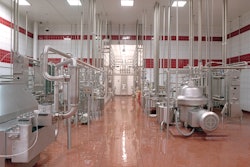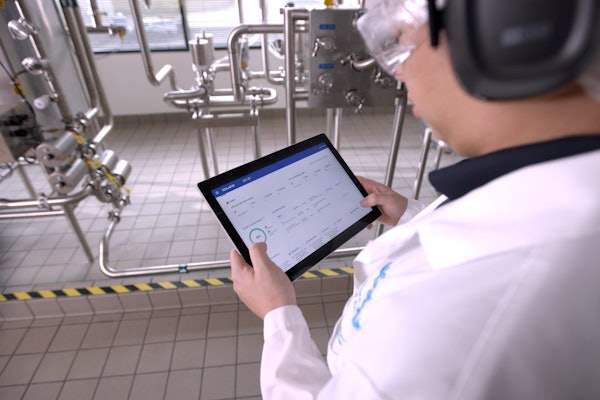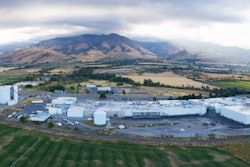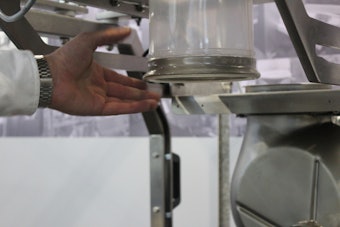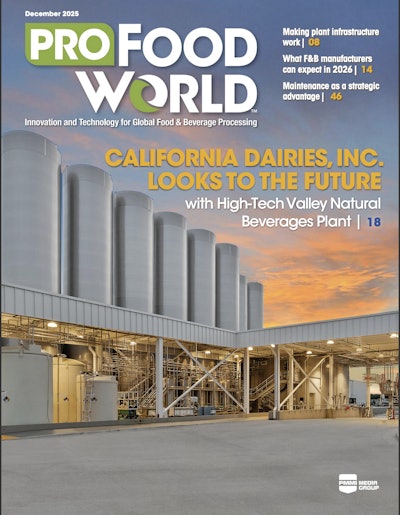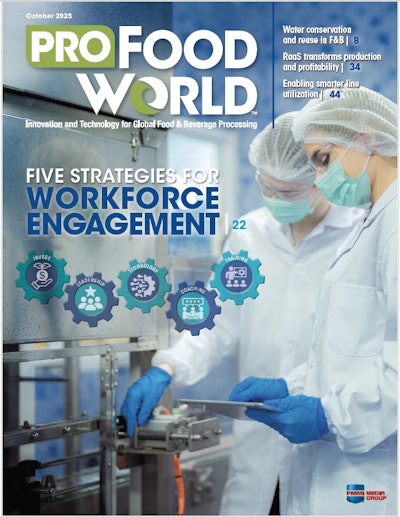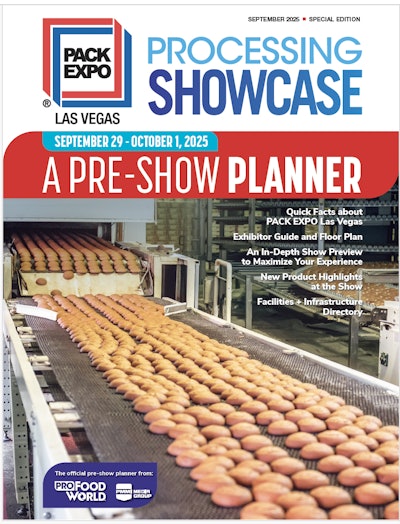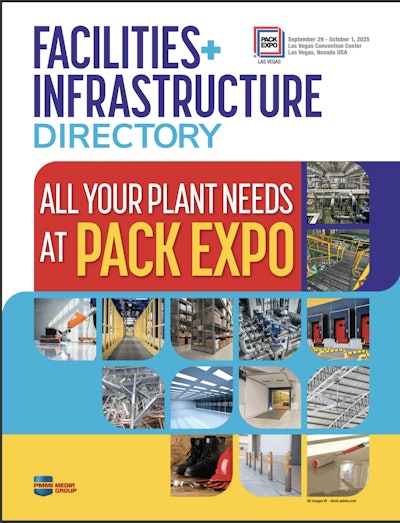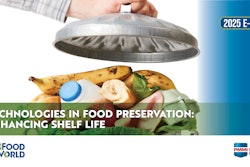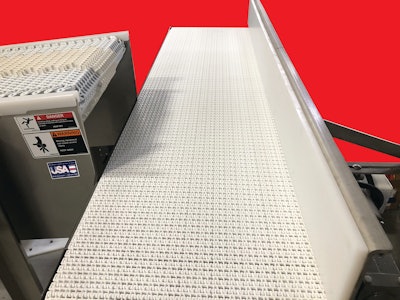
The filled bags then travel through a sectional wall, into a reduced sanitation area of the line where much more cost-effective, sanitation Level 2 conveyors made of painted mild steel are acceptable.
The design chosen also utilizes guideless conveyance to transport the bags. Only the contact with the belt delivers the bags to their next destination. A ninety degree bag transfer and backstop are used to assist in the combining of two timed release lanes of product to a single lane and also to change bag orientation. The backstop helps guide the flexible package wide-edge leading from the transfer onto the transport sections and 90 degree curves to the case packer.
Another case packer is fed by a table top conveyor that conforms to the customer’s floor plan line layout. LBP transitions were strategically placed in conveyor-to-conveyor transfer sections. (Note: Product used in this video are for demonstration purposes only.)
The customer’s decision to use high level sanitary ground and polished welded construction only where necessary; then, completing the line with painted mild steel constructed conveyors through metal detection, labeling and into the case packing area, significantly reduced the project’s cost.

